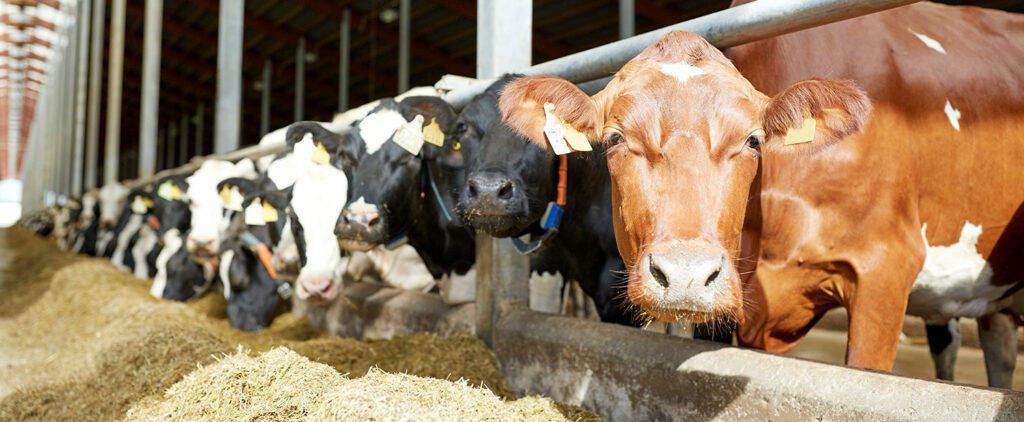Let me start with the good news about today’s dairy markets: It’s time to evaluate. That is exactly what my family is doing on our own farm. What expenses can we eliminate or reduce? On most dairy farms, there are things one can do that won’t negatively affect today’s production (or future production) and cow health. But there are also areas where you can’t skimp.
What are the key things we must do to maintain our farms in the future? Here’s a list of what I think are top priorities:
1. Raise top-quality forages
Harvest them at the right time and have good storage to maintain quality for ideal feeding. Grow thick, dense, high-yielding stands with the genetics and fertility for high digestibility. I’m convinced a fast turnover makes sense. There is a lot of evidence that beyond three years, the alfalfa yields start to drop and stands thin out. Working under a 3-year-old stand and planting it to corn is a sure win and a no-brainer: less nitrogen cost, weed control is easier and you don’t need all the plant protection compounds like fungicides and insecticides because your crop is healthier to begin with. This system also helps maintain soil health.
2. Maintain nutrient management & soil health
The bare minimum I can do with crop fertilizers includes calcium, sulfur, and boron in the blend. If your soil fertility and soil health are in good shape from your years of biological farming, you can now take advantage of that. But you are never done with adding calcium, sulfur, and boron (which is included in Bio-Cal® or OrganiCal™). Adding these minerals improves plant health, nutrient uptake and digestibility, and energy from the resulting solid-stemmed, pectin-rich alfalfa.
3. Feed your soil and plants on poorer soils
For soils that have less than ideal soil nutrient balance and soil health, apply a well-balanced crop fertilizer and add some extra food for your plants and soil biology using the L-CBF products. These products are high in sugars which provide an extra “boost” to your crop and give you a great return on your investment. This is especially beneficial in mid-summer when plants are more stressed.
Following this forage program allows you to maintain a well-balanced, high-forage diet for your livestock. You can expect fewer problems, more production, and fewer off-farm purchases. The list can go on and on. Don’t forget that dry cows also need the correct forages and supplements to maintain their health and maximize productivity. Don’t skimp on the calves either. Healthy calves come from healthy dry cows. The key to all of this lies in quality forages. Our consultants can help you achieve these goals and survive today’s tough farm situation.

